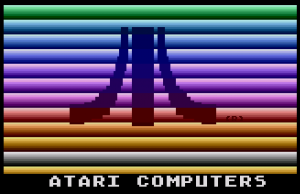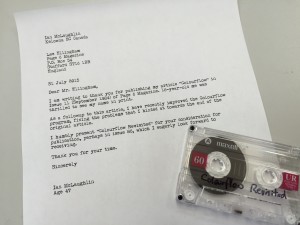 It’s finished. I accomplished what I set out to do, which was to take the code that I had submitted to Page 6 Magazine so many years ago, and answer the challenges that I had posed back then.
It’s finished. I accomplished what I set out to do, which was to take the code that I had submitted to Page 6 Magazine so many years ago, and answer the challenges that I had posed back then.
Now, Colourflow is frequency-independent (works with PAL and NTSC), and actually runs as a display list interrupt, so normal code (such as a BASIC program) can run and do things such as scan for keypresses, etc.
I even had some time to throw in a couple of additional features. The BASIC wrapper will scan for keypresses, and POKE values into the machine code to adjust the scrolling speed, or even change direction of the scrolling. The keys recognized are:
1-5 Change the scroll speed
U Scroll upwards
D Scroll downwards
Q Quit to BASIC
The speed change is done by changing a delay variable. The direction change is rather sneakily done by POKEing a DEX or INX command into memory to change the direction of the loop – BASIC modifying machine code on the fly!
This was a fairly basic Retrochallenge, but I had fun revisiting something that I had done when I was a third of my current age. It was fun to program within the limitations of the original hardware, although admittedly I did use emulation for times when I wasn’t near the hardware (such as at work).
 If you’d like to look at the code, an ATR image is available – just open up in your favourite emulator. Or, if you’re adventurous, why not pull out your Atari hardware and run it from a real floppy disk.
If you’d like to look at the code, an ATR image is available – just open up in your favourite emulator. Or, if you’re adventurous, why not pull out your Atari hardware and run it from a real floppy disk.
My original submission to Page 6 Magazine was on cassette, so with tongue firmly in cheek, I thought I’d mock up a submission letter to the magazine with my new code.
Sadly, Page 6 Magazine stopped publication in 1998 after 85 issues. However, the retro computing hobby is very much alive, with what must be a record number of entrants into the Retrochallenge. I’ve had immense pleasure reading and following all of the entries.
